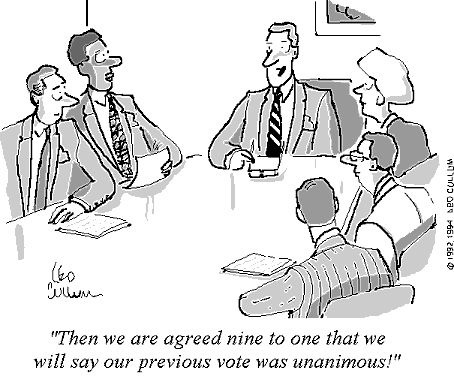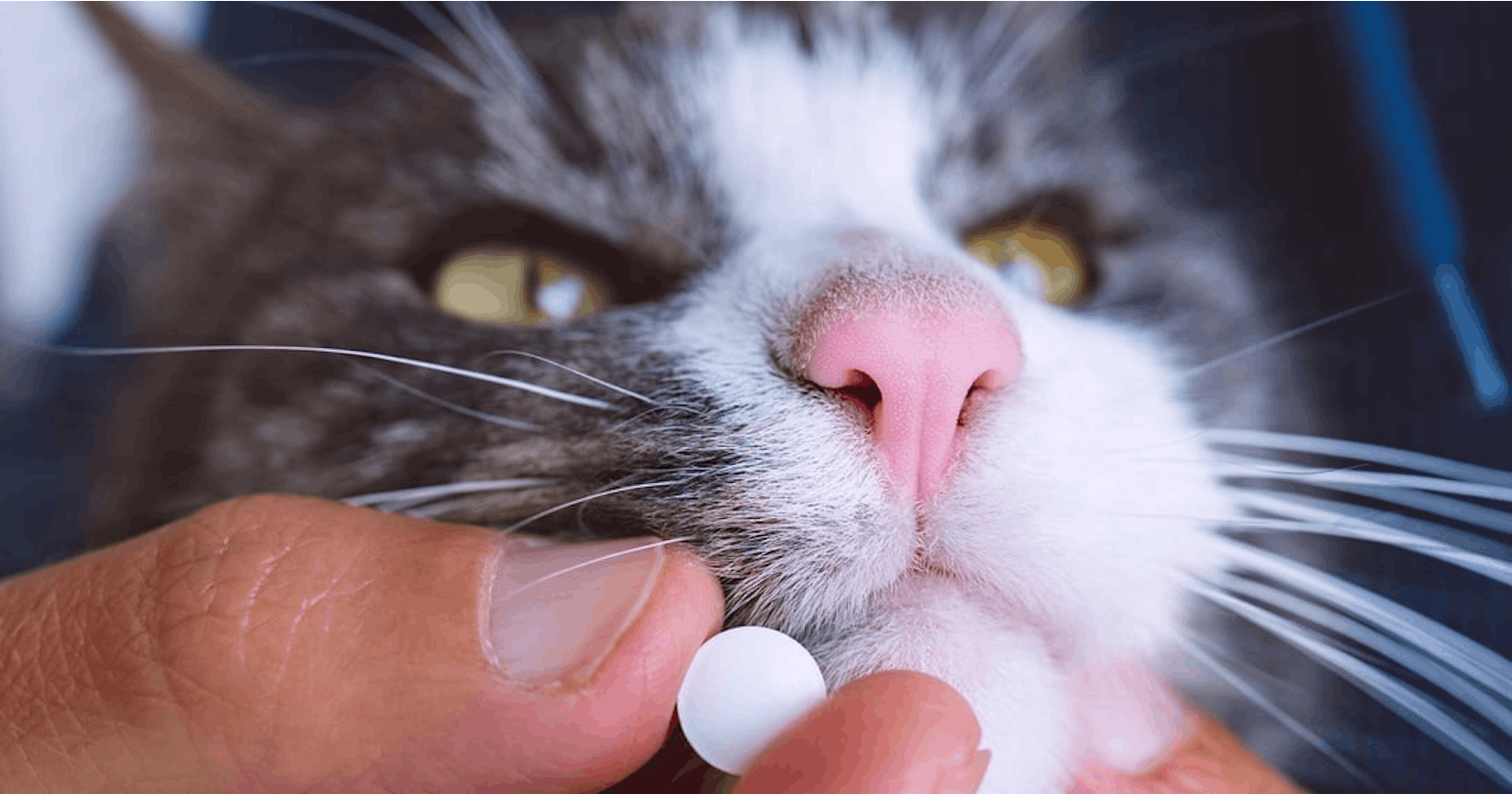Models for the mental & captagon & PLG
No AI apart from the aforementioned word <3
Table of contents
- Mental models
- Product-led growth
- Four Parts of the Growth Model
- Acquisition: A user signs up for your product. Virality and advocacy are key drivers for new user acquisition, where an existing user experiences your product’s value and shares it with their network, leading to more new user sign-ups.
- Activation: A user experiencing the core value proposition of your product for the first time.
- Engagement: A user establishing habitual workflows around the core value proposition of your product.
- Monetization: A user paying for the value of your product or upgrading their current spend.
- Product growth loop
- Linkies
Mental models
Paradox of unanimity

The more unanimous the consensus, the less likely people are to think rationally and not be influenced by a particular case of the bandwagon effect.
"Under ancient Jewish law, if a suspect on trial was unanimously found guilty by all judges, then the suspect was acquitted."
Epistemic humility

Via negativa in action. Instead of trying to be right, try reducing mistakes. Also reminding Buddhism hindrances and Tezcatlipoca in Nahui Ollin.
Mimetic desire
The more people want something, the more we do, too. Analogies: bandwagon effect (again!), hedonic adaptation, and the social comparison bias.
Overblown implications
A particular case of the spotlight effect: we're afraid people will judge us by one event, but in reality everyone forgets/is worried about the same. Or, in better language, 'Actors overestimate how much observers think an actor's one-off success or failure offers a clear insight about a relevant competency'.
Ellsberg paradox

We abhor uncertainty and a high-dimensional choice landscape, an effect called ambiguity/uncertainty aversion.
Fun fact: learning about it reduces but does not fully mitigate its effects on our decision-making.
Idioms: better the devil you know, a bird in the hand is worth two in the bush.
Product-led growth

'Product-led growth means that the product itself acquires, activates, engages, monetizes, and retains users, funneling them through a payment flow, most commonly without human touch'
Four Parts of the Growth Model
Acquisition: A user signs up for your product. Virality and advocacy are key drivers for new user acquisition, where an existing user experiences your product’s value and shares it with their network, leading to more new user sign-ups.
Activation: A user experiencing the core value proposition of your product for the first time.
Engagement: A user establishing habitual workflows around the core value proposition of your product.
Monetization: A user paying for the value of your product or upgrading their current spend.
'A product-qualified account (PQA) is a sales lead generated by product usage rather than information collected at the marketing stage before product usage even happens.'
Product growth loop
The new user signs up → they use the product → they invite others through the product, or generates other forms of value generation → they then attract more users and repeat steps of the loop.
PS. A good overview of business flywheels is here. Another awesome link for the interested.
Linkies
Captagon

Turned out Syria produces 80% of Fenethylline. What's that? In a nutshell:
Molecules of theophylline and amphetamine linked together - a thing called a codrug;
Has a T/2 of 1.3 hours, and is metabolized to d-amphetamine and theophylline, obviously;
Seems to have fewer cardiac side effects compared to amphetamine (maybe because of metabolism to dextra isomer, and combo with a bronchodilator?);
Was prescribed for ADHD and narcolepsy, what a surprise;
Researched and produced in the 60s by Degussa AG, who made Zyklon B 🙃
Looks like it is the thing funding much of Syria's regime, with a trade volume of ~$57B in 2022;
Used by predominantly ages 12-22 in the Middle East, including militia (Panzerschokolade much?) and workers who need to stay alert. May the economical situation in the country be linked to stimulant use? Some yaba vibes here.
A whole-brain connectome of a fruit fly
'cause admit it, you've always wanted to model a pretty fly for a white guy.
Optical illusions
150+ of them. Just what's needed on a cold desert highway.
Welcome to Teleogenic/YAWN/Boi Diaries❣️
You can find the other blogs I try to cross-post to:

